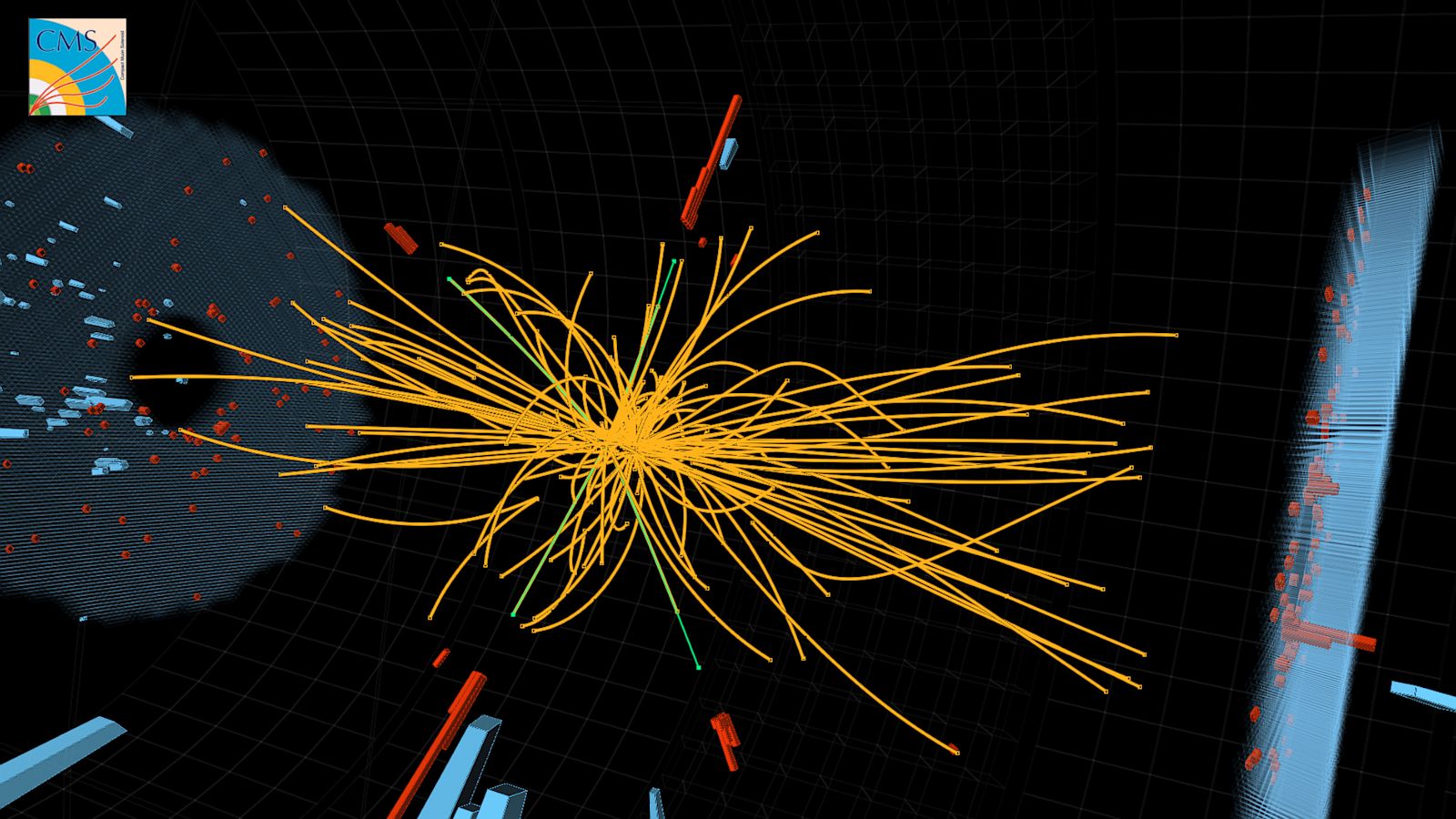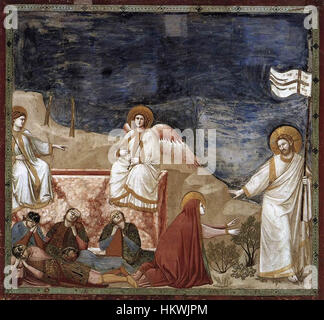Now we will look at not deductive but empirical. Rather than trying to prove that God is the logical conclusion from deduction we try to shown that only God accounts for certian sets of data. I am only going to look at two arguments, those I use the most. But there are many such arguments such as design arguments of all kinds. I will look at Religious experience and fine tuning.This will be in two parts
Argumentfrom reoigiouss experiece: Empirical Supernature
The M scale is very important in my book The Trace of God by Joseph Hinman
please click here, go to my book trailer and watch it so it will move higher up the ladder on You tube, so it will be seen by more people.
https://www.youtube.com/watch?v=0tGmDnyI7Aw
Order The Trace of God, by Joseph Hinman on Amazon
Why should we assume that such experiences are experiences of the divine? The first reason is because the content of the experience is largely that of the divine. Even when the experience is interpreted by the receiver not to be about God the receiver has been known to act in a way consistently with belief in God, and the experience described is the same experience as those described by those who say ‘this was God.’ Ergo it’s just a matter of interpretation. The vast majority of those who have these experiences do believe they are about God.
[1] Secondly, there is a voluminous and ancient tradition of writing about experiences by people from all over the world, and the brunt of this tradition is that it’s an experience of the divine. Literary and philosophical works such as
Mysticism by Evelyn Underhill,
[2] The works of W.T. Stace
[3] and many other such writings which catalogue the writings of these experiences, and many more works of the experiences of individual mystics by the mystics themselves. Thirdly, grounded in empirical evidence, the universal nature of such experiences implies the experience of a source external to the human mind encountered by all who have such experiences. When I say “external” I mean it originates externally but is experienced internally. This includes human brain structure and brain chemistry as a conduit not that it circumvents natural processes.
The works of W.T. Stace are very influential. He shows that, as Ralph Hood Jr. put it, “within and eventually outside of the great faith traditions mysticism has flourished.”
[4] Stace offers five characteristics that demonstrate the commonalities to mystical experience; these are characteristics that are found universally in all cultures and in all forms of mystical experience:
The contemporary interest in the empirical research of mysticism can be traced to Stace’s (Stace, 1960) demarcation of the phenomenological characteristics of mystical experiences (Hood, 1975). In Stace’s conceptualization, mystical experiences had five characteristics (Hood, 1985, p.176):
1. The mystical experience is noetic. The person having the experience perceives it as a valid source of knowledge and not just a subjective experience.
2. The mystical experience is ineffable, it cannot simply be described in words.
3. The mystical experience is holy. While this is the religious aspect of the experience it is not necessarily expressed in any particular theological terms.
4. The mystical experience is profound yet enjoyable and characterized by positive affect.
5. The mystical experience is paradoxical. It defies logic. Further analysis of reported mystical experiences suggests that the one essential feature of mysticism is an experience of unity (Hood, 1985). The experience of unity involves a process of ego loss and is generally expressed in one of three ways (Hood, 1 976a). The ego is absorbed into that which transcends it, or an inward process by which the ego gains pure awareness of self, or a combination of the two.
[5]
In speaking of “mystical experience” we are not talking about visions or voices. We are not talking about miracles or God speaking to people. We are talking about “the sense of the numinous,” a sense of presence, a sense of undifferentiated unity of all things. The claim is often made that this is an unmediated experience of reality. The veil is taken back on the thing behind the façade and reality is experienced directly. The notion of an unmediated experience is debatable and not essential to an understanding of the experience. A couple of examples might be helpful. It’s helpful to understand that mystical experiences come in two forms, introvertive and extrovertive. Introvertive experiences are without time and space; they are not keyed to any external landmark or visual que. They seem to be beyond word, thought, or image. Extrovertive experiences are often keyed to a land mark and seem like projecting a sense onto the image of nature. For example the sense that God is pervading the physical space in nature around which one views a scene in nature. Or a sense that all the natural landscape around forms some sort of whole that’s meaningful and indicative as an understanding of all reality.
Common Core Vs. Perennial Philosophy
Hood takes these kinds of statements as phenomenological and descriptive of a personal experience. The true nature of that experience as unmediated is not important. The issue is that its universality, since it should be culturally constructed, is indicative of more than just a trick of brain chemistry or cultural constructs. Ralph Hood Jr. argues for what is called “the common core hypothesis.” This is not a perennial philosophy one often finds discussed as part of mystical experience. The distinction is hat perennial almost construct a separate religion out of mystical experience and puts it over against faith traditions. The common core hypothesis merely recognizes that there is a common core experience that is universal to mystical experience, and thus it can be argued that it’s an experience of some reality external to just human brain structure. Yet it doesn’t try to collapse faith traditions into a particular theological formulation. Moreover, the common core hypothesis just takes the common core as a phenomenological reality not a theological or ontological demand about reality. Yet mystical experience “promotes a special type of human experience that is at once unitive and nondiscursive, at once self fulfilling and self-effacing.”
[6] Introvertive mystical has been identified as “pure consciousness.” This kind of experience lacks content and can’t be tied to a cultural construct or personal influence.
[7] While it is the case that these kinds of experiences are interpreted in various ways, and it is the case that various theological explanations tailored to a given tradition are advanced for these, as many as there are mystics to have the, the real diversity comes not from the experience but from the explanations attached to the experiences.
[8] Much of the discussion about common core is tied to the texts of a given literature. There are various bodies of mystical literature, the important one for our purposes is the empirical. This is a measurement based empirical scientific literature such as the work of Hood.
[9]
Many names loom large in that body of literature; Greeley, Maslow, Wuthnow, Nobel, Lukoff and Lu, none more prolific or significant than Hood. Hood entered the field in the early 70s when he was a young man. Since that time he has done a huge a mount of research and is best known for developing what is called ‘the Mysticism scale,” or “M scale.” This is a 32 item questionnaire that is scored in a particular way and is calculated to test the veracity of Stace’s theories. In other words, if actual modern mystics around the world experience the things Stace thought they do, in the way Stace thought they experienced them (see the five point list above) they would answer certain questions in a certain way.
[10] Hood’s work in the M scale is becoming the standard operating procedure for study of mystical and religious experiences. It hasn’t yet been understood by everyone so we find that people evoking religious experience by manipulating stimulation of the brain don’t use the M scale for research and thus can’t prove they are evoking real mystical experiences.
[11] Dale Caird said that “research into mystical experience has been greatly facilitated”
[12] by Hood’s M scale. Caird did one of the studies that validated the M scale. Burris (1999) has shown that the M scale is the most commonly used measurement for the study of mysticism.
[13]
The M scale enables us to determine the validity of a mystical experience among contemporary people. In other words, did someone have a “real mystical experience” or are they just carried by the idea of having one?
[14] There are two major versions of the M scale, what is called “two factor” solution and a three factor solution. The two factors are items assessing an experience of unity (questions such as “have you had an experience of unity?”) and items refereeing to religious and knowledge claims. In other words questions such as “did you experience God’s presence?” Or did you experience God’s love?” In each section there are two positively worded and two negatively worded items.
[15] The problem with the two factor analysis is that it tried to be neutral with Langue, according to Hood himself. It spoke of “experience of ultimate reality” but with no indication that ultimate reality means reality of God. As Hood puts it, “no langue is neutral.”
[16] One group might want ultimate reality defined as “Christ” while others who are not in a Christian tradition might eschew such a move. In response to this problem Hood and Williamson, around 2000, developed what they termed “the three factor solution.” They made two additional versions of the scale one made reference where appropriate to “God” or “Christ.” They had a “God” version and a “Chrsit” version and both were given to Christian relevant samples. The scales were “factor analyzed” that just means they weighed each difference as a factor such as it’s mention of God or mention of Christ. In this factor analysis, where the scale referred to “God,” “Christ” or simply “reality” the “factor structures were identical.” This means the respondents saw “God,” “Christ” and “ultimate reality” as coterminous, or as the same things. That means Christians who have mystical experience understand God, Christ, and Reality as reffering to the same things.
[17]
Long-Term Effects
Wuthnow:
*Say their lives are more meaningful,
*think about meaning and purpos
e
*Know what purpose of life is
*Meditate more
*Score higher on self-rated personal talents and capabilities
*Less likely to value material possessions, high pay, job security, fame, and having lots of friends
*Greater value on work for social change, solving social problems, helping need
y
*Reflective, inner-directed, self-aware, self-confident life style
[18]
Noble:
*Experience more productive of psychological health than illness
*Less authoritarian and dogmatic
*More assertive, imaginative, self-sufficient
*intelligent, relaxed
*High ego strength,
*relationships, symbolization, values,
*integration, allocentrism,
*psychological maturity,
*self-acceptance, self-worth,
*autonomy, authenticity, need for solitude,
*increased love and compassion
[18]
Short-Term Effects (usually people who did not previously know of these experiences)
*Experience temporarily disorienting, alarming, disruptive
*Likely changes in self and the world,
*space and time, emotional attitudes, cognitive styles, personalities, doubt sanity and reluctance to communicate, feel ordinary language is inadequate
[19]
*Some individuals report psychic capacities and visionary experience destabilizing relationships with family and friends Withdrawal, isolation, confusion, insecurity, self-doubt, depression, anxiety, panic, restlessness, grandiose religious delusions
[19]
Links to Maslow's Needs, Mental Health, and Peak Experiences When introducing entheogens to people, I find it's helpful to link them to other ideas people are familiar with. Here are three useful quotations. 1) Maslow - Beyond Self Actualization is Self Transcendence ``I should say that I consider Humanistic, Third Force Psychology to be transitional, a preparation for a still `higher' Fourth Psychology, transhuman, centered in the cosmos rather than in human needs and interest, going beyond humanness, identity, self actualization and the like.''
Notes
[1]Joseoph Hinman,
The Trace of God: A Rational Warrant for Belief,Cp;prabo Sorig: Grand Viadict, 2014.
[2] Evelyn Underhill, Mysticism: A study on the Nature and Development of Man’s Spiritual consciousness. New York: Dutton, 1911.
[3] W.T. Stace, Teachings of the Mystics: Selections from the Greatest Mystics and Mystical Writers of the World. New American Library 1960. A good General overview of Stace’s understanding of mysticism is Mystical Experience Registry: Mysticism Defined by W.T. Stace. found onine at URL:
http://www.bodysoulandspirit.net/mystical_experiences/learn/experts_define/stace.shtml
[4] Ralph Hood Jr. “The Common Core Thesis in the Study of Mysticism.” In Where God and Science Meet: How Brain and Evolutionary Studies Alter Our Understanding of Religion. Patrick Mcnamara ed. West Port CT: Prager Publications, 2006, 119-235.
Google books on line version: URL http://books.google.com.cu/books?id=0bzj3RtT3zIC&printsec=frontcover&source=gbs_ge_summary_r&cad=0#v=onepage&q&f=true visited 8/20/2012
[5] Robert J. Voyle, “The Impact of Mystical Experiences Upon Christian Maturity.” originally published in pdf format: http://www.voyle.com/impact.pdf.
google html version here: http://64.233.161.104/search?q=cache:avred7zleAEJ Voyle is quoting Hood in 1985, Hood in return is speaking Stace.
:www.voyle.com/impact.pdf+Hood+scale+and+religious+experience&hl=en&gl
=us&ct=clnk&cd=2&ie=UTF-8
[6] Matilal (1992) in Hood, ibid, 127.
[7] Hood, ibid.
[8] ibid.
[9] ibid.
[10] find JL Hinman, the Trace of God, Studies chapter, also Hood ibid, 128.
[11] Find, John Hick
[12] Dale Caird, “The structure of Hood's Mysticism Scale: A factor analytic study.”journal for the Scientific study of religion 1988, 27 (1) 122-126
[13] Burris (1999) quoted in Hood, ibid, 128
[14] Hood, ibid, 128
[15] ibid.
[16] ibid, 129
[17] ibid
[18]Wuthnow, Robert (1978). "Peak Experiences: Some Empirical Tests." Journal of Humanistic Psychology, 18 (3), 59-75.
[19]Noble, Kathleen D. (1987). ``Psychological Health and the Experience of Transcendence.'' The Counseling Psychologist, 15 (4), 601-614.




